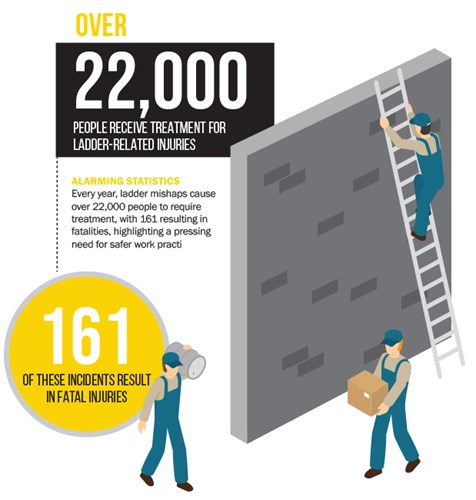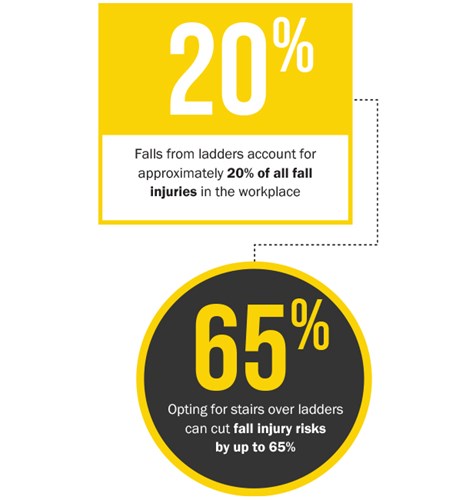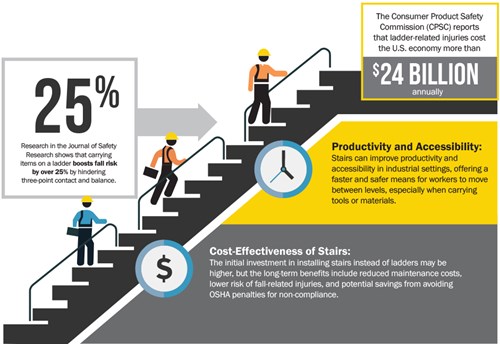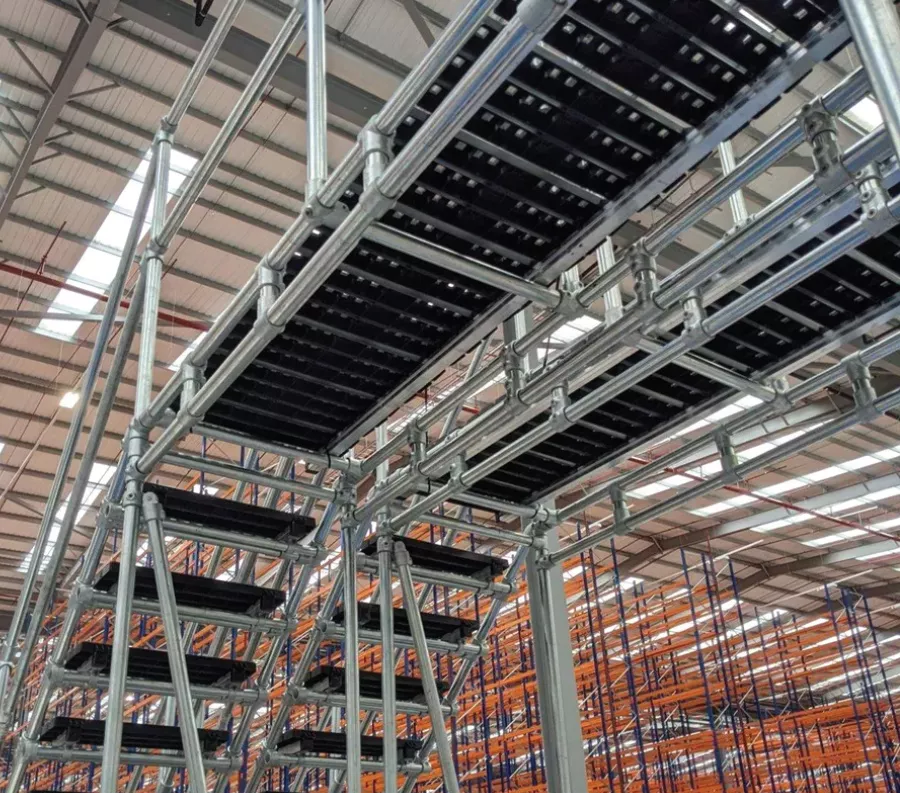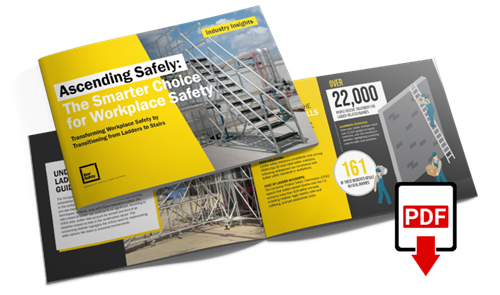A Critical Look at the High Cost of Falls
Scaling the Impact: Ladder Safety and Economics
Ladder-Related Injuries and Fatalities:
According to the U.S. Bureau of Labor Statistics, 22,300 workers receive treatment for ladder-related injuries in the United States annually, and 161 of these incidents result in fatal injuries.
OSHA Violations:
Ladder safety violations consistently rank among OSHA's top 10 most cited safety violations, indicating widespread non-compliance with ladder safety standards in workplaces.
Cost of Ladder Accidents:
The Consumer Product Safety Commission (CPSC) reports that ladder-related injuries cost the U.S. economy more than $24 billion annually, including medical, legal, liability, pain and suffering, and lost productivity costs.
